Hidden away from bustling cities and tourist traps, the world’s most beautiful villages showcase architectural treasures that reflect local culture, history, and natural surroundings.
These charming homes tell stories of tradition, adaptation, and human creativity across diverse landscapes.
Join me on a journey to discover the most enchanting dwellings nestled in picturesque villages around the globe.
1. Santorini’s Cave Houses
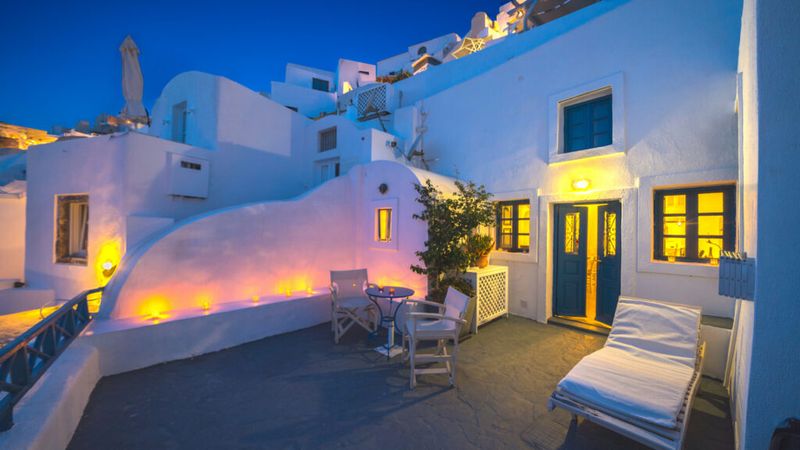
Carved directly into volcanic cliffs, these whitewashed wonders offer a cool retreat from Greece’s Mediterranean sun. Their curved walls and azure domes create that iconic postcard view we all recognize.
Inside, the cave-like structure maintains a perfect temperature year-round without air conditioning. Many feature private terraces where residents enjoy breathtaking caldera views while sipping local wine.
2. Hobbiton’s Round Doors
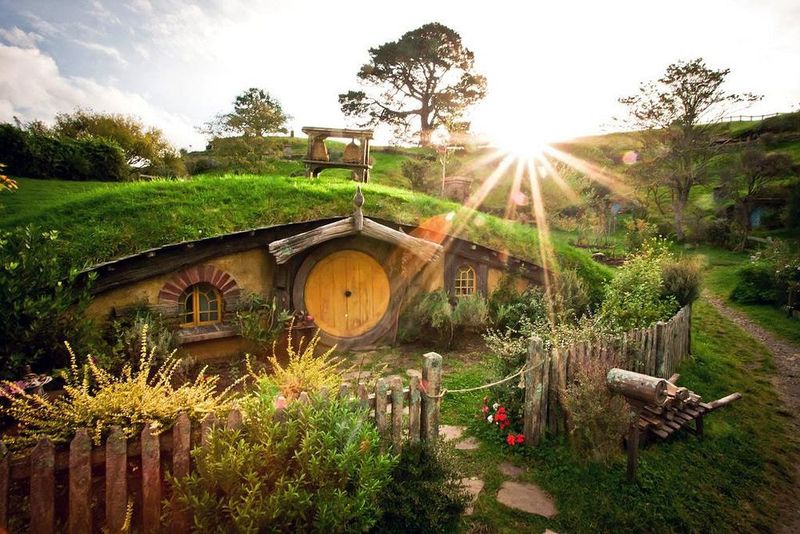
While technically created for a movie set, these charming homes in Matamata, New Zealand have become a real-life village attraction. Round doors and grass-covered roofs blend seamlessly into rolling green hillsides.
Vibrant gardens surround each unique dwelling, with smoke often curling from tiny chimneys. The meticulous details—from miniature clotheslines to tiny wheelbarrows—make visitors forget these weren’t built for actual hobbits.
3. Gassho-Zukuri Farmhouses
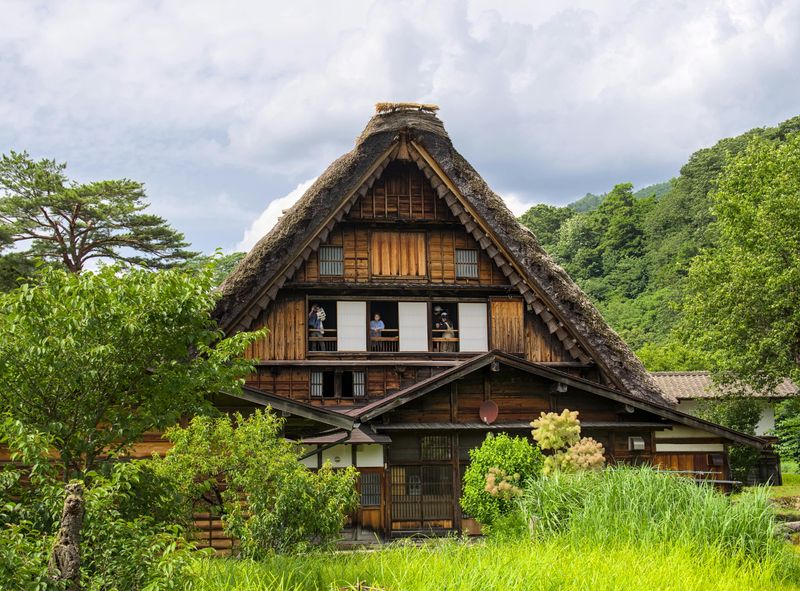
Nestled in Shirakawa-go, Japan, these UNESCO-protected treasures feature distinctive steep thatched roofs resembling hands in prayer. Some are over 250 years old yet still function as family homes today.
During heavy snowfall, the triangular roofs prevent collapse while trapping heat inside. The spacious attics once housed silkworm cultivation, providing additional income for farming families who cleverly designed these sustainable alpine dwellings.
4. Trulli of Alberobello

Looking like something from a fairy tale, these conical limestone dwellings dot the landscape of Puglia, Italy. Their mysterious symbols painted on dome-shaped roofs once served practical tax-dodging purposes!
When tax inspectors came, residents could quickly dismantle these mortarless structures. Today, many have been transformed into cozy guest accommodations where visitors can experience living inside these unique stone beehives with surprisingly cool interiors.
5. Rainbow Row Cottages
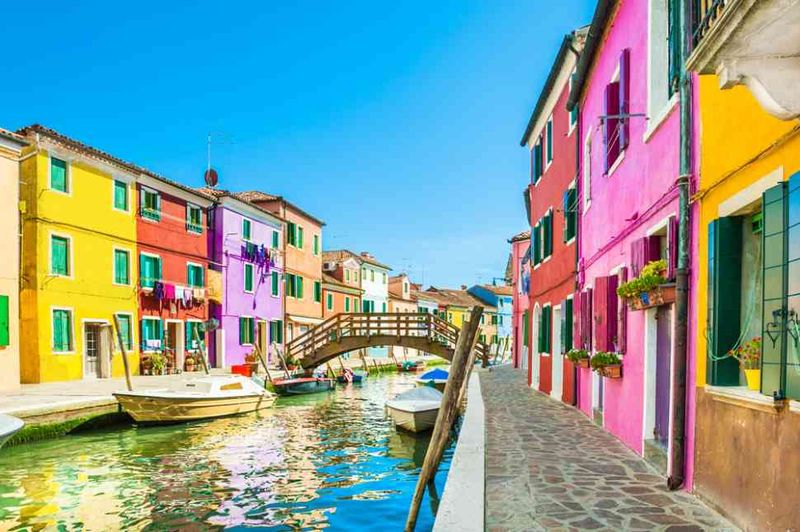
Cheerful doesn’t begin to describe the fishing cottages of Burano, Italy. As if plucked from a child’s crayon box, each home sports a different vibrant hue that reflects in the canal waters below.
Legend claims fishermen painted their houses these bold colors to recognize home through thick fog. Modern residents must follow strict color regulations when repainting, preserving this living rainbow that has become one of Venice’s most photographed satellite islands.
6. Ifugao Rice Terrace Huts
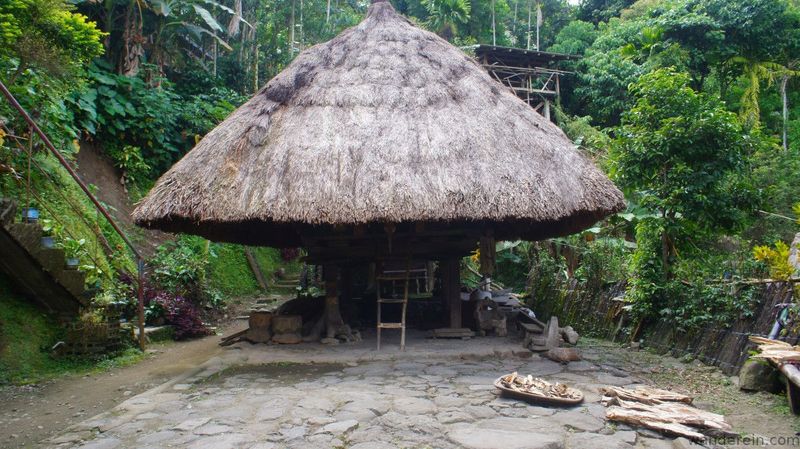
Perched precariously on ancient rice terraces in the Philippines, these humble bamboo and wood huts represent engineering genius. For over 2,000 years, indigenous Ifugao people have maintained this remarkable landscape.
Elevated on stilts with thatched roofs, these homes protect residents from monsoon rains and wildlife. The space beneath serves as storage or animal shelter. Despite their simplicity, these dwellings showcase perfect harmony between human habitation and challenging mountain terrain.
7. Cotswold Stone Cottages
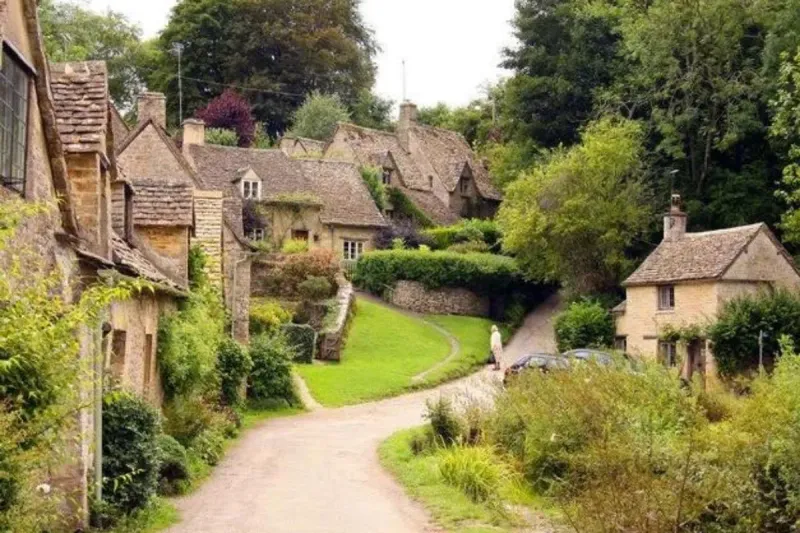
Honey-colored limestone gives these quintessentially English homes their warm, timeless glow. With mullioned windows and climbing roses, they epitomize rural British charm across villages like Castle Combe and Bibury.
Many feature thatched or slate roofs with chimneys that have warmed generations of families. The thick stone walls provide natural insulation, keeping interiors cool in summer and retaining heat during damp English winters.
8. Blue Pearl of Chefchaouen
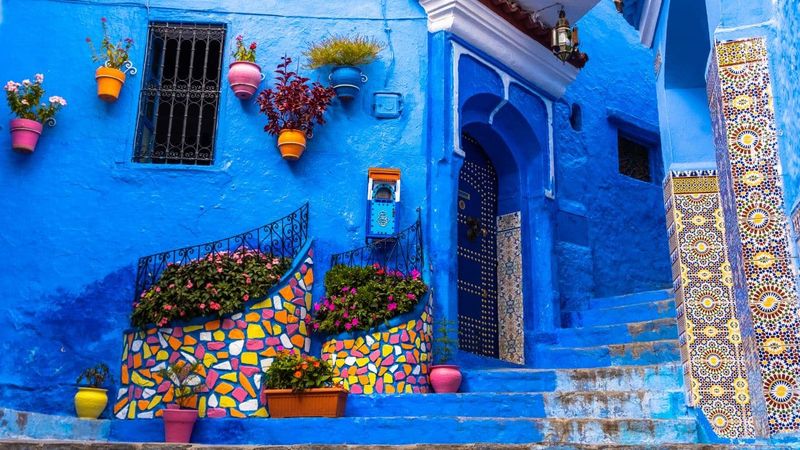
Wandering through Morocco’s blue city feels like entering an azure dream. Since the 1930s, residents have painted walls, doors, and stairs in various shades of blue, creating a mesmerizing monochromatic landscape.
Some say Jewish refugees introduced this tradition, believing blue represented heaven. Others claim it repels mosquitoes. Whatever the reason, these indigo-washed homes with intricate doorways and potted plants create a photographer’s paradise nestled against the Rif Mountains.
9. Alpine Chalets of Hallstatt

Hugging the shoreline of Austria’s Lake Hallstatt, these timber-framed beauties seem to defy gravity as they cling to steep mountainsides. Flower-filled balconies and hand-painted facades add charming personality to each structure.
Originally built for salt miners, many date back hundreds of years. The steeply pitched roofs shed heavy alpine snow, while large windows capture breathtaking views across crystal waters to snow-capped peaks, creating picture-perfect scenes in every season.
10. Thatched Cottages of Adare
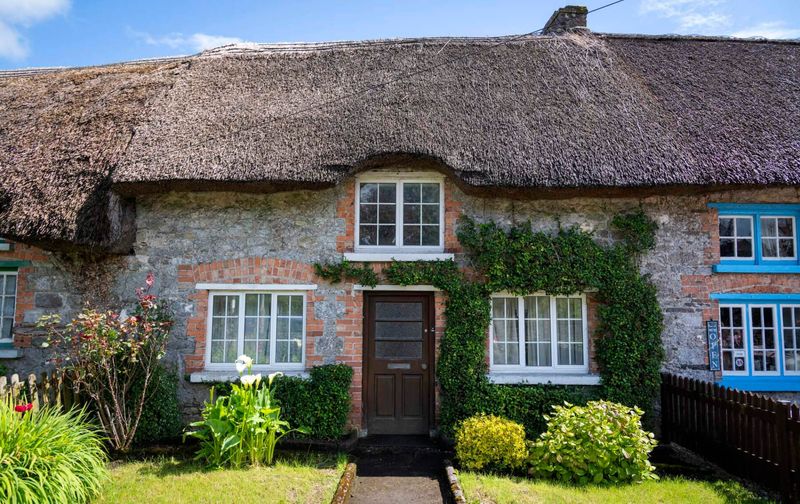
Often called Ireland’s prettiest village, Adare showcases cottages that seem plucked from a storybook. Their distinctive straw roofs, sometimes two feet thick, have sheltered inhabitants for centuries.
Originally built as homes for workers on the Dunraven Estate, these whitewashed treasures feature colorful doors and climbing roses. Master thatchers still maintain the roofs using traditional techniques, ensuring these cottages remain both functional homes and beloved national symbols.
11. Overwater Bungalows of Palafitos
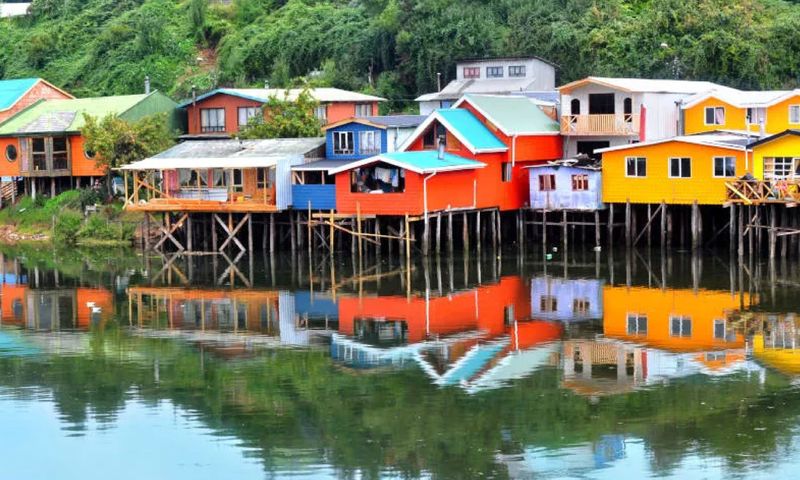
Unlike their luxury counterparts in Bora Bora, these authentic stilted homes in Chiloé, Chile represent centuries-old practical living. Built from native woods, these colorful palafitos stand partially over water, allowing residents to navigate changing tides.
Fishermen originally built these structures for easy boat access. The vibrant exteriors—painted with leftover boat paint—create a kaleidoscopic reflection on the water below, while interiors feature handcrafted woodwork and cozy wood-burning stoves.
12. Windmills of Kinderdijk
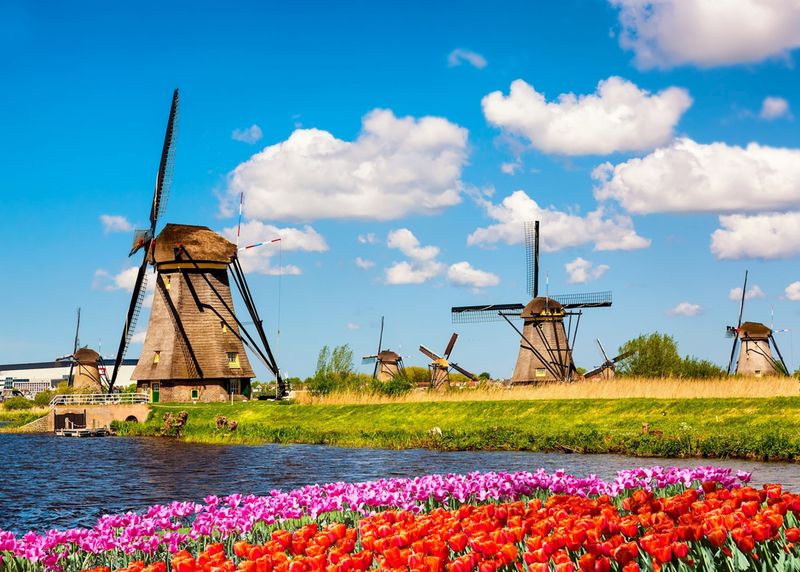
Yes, people actually live in these iconic Dutch structures! The 19 historic windmills of Kinderdijk weren’t just for pumping water—they were family homes for millers who maintained them.
Inside these cylindrical brick or wooden towers, surprisingly cozy living quarters span multiple levels. Modern residents still maintain traditional interiors with built-in cupboard beds and cast-iron stoves, preserving a lifestyle that helped the Netherlands literally stay above water for centuries.
13. Tulou Roundhouses of Fujian
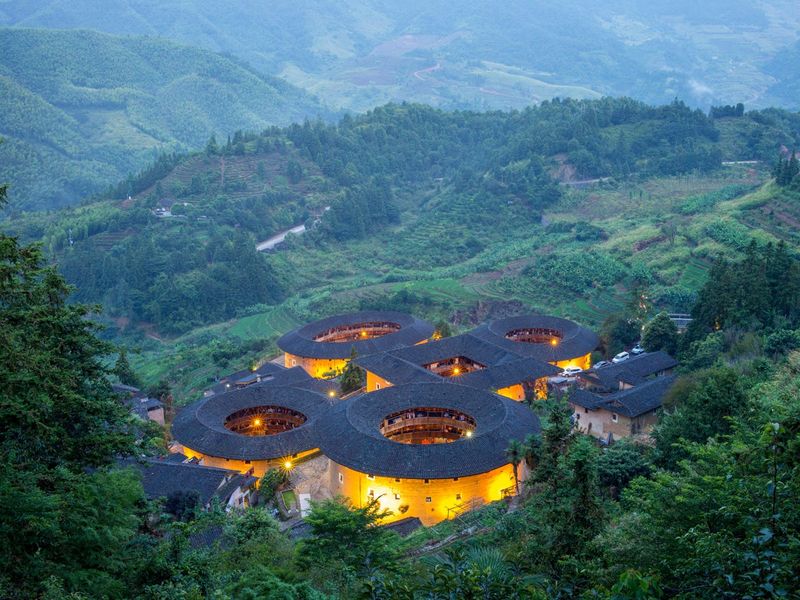
Imagine apartment living from 700 years ago! These massive circular fortresses in rural China housed entire clans—sometimes hundreds of people—in apartment-like rooms arranged around a central courtyard.
Built from rammed earth, wood, and stone, these UNESCO-protected structures kept residents safe from bandits and wild animals. The inward-facing design created tight-knit communities where families lived in vertical sections spanning multiple floors while sharing communal spaces and resources.
14. Sami Lavvu Dwellings
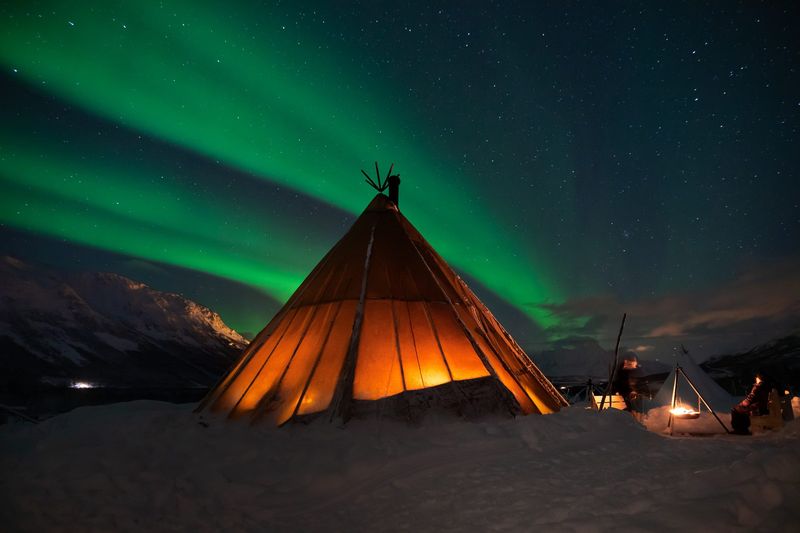
Far above the Arctic Circle, indigenous Sami people traditionally lived in these cone-shaped tents perfectly adapted to harsh Nordic winters. Modern versions still dot the Lapland landscape, though many are now tourist accommodations.
Originally covered with reindeer hides, today’s lavvu often use canvas while maintaining the central fire pit that provides warmth. The smoke hole at the top serves dual purposes: ventilation and a window to watch the northern lights dance across polar skies.
15. Musgum Clay Houses

Resembling giant beehives or termite mounds, these earthen structures in Cameroon demonstrate brilliant natural cooling design. Their distinctive catenary arch shape provides maximum stability using minimal materials.
Families build these homes entirely by hand using locally sourced clay. The textured exterior ridges aren’t just decorative—they create a ladder for maintenance while helping rainwater flow away from walls. Inside, temperatures remain remarkably cool despite scorching Sahel heat.

